Chcesz podbić dni w puchu bez kłopotu z ciężkim sprzętem? Krótsze narty, takie jak 99 cm Powder Skiblades Snowfeet, zmieniają zasady gry w jazdę w głębokim śniegu. Podczas gdy długie narty (170–190 cm) jak Peak 110 czy Blizzard Rustler 11 oferują dobrą pływalność, są ciężkie, trudniejsze do opanowania na wąskich trasach i wymagają więcej wysiłku. Kompaktowa konstrukcja Snowfeet zapewnia zwinność, kontrolę i łatwość przenoszenia – wszystko to za 675 USD, wliczając wiązania.
Oto szybkie podsumowanie:
- Snowfeet Skiblades: Lekkie, łatwe do przenoszenia i idealne na wąskie trasy lub jazdę między drzewami.
- Peak 110 & Rustler 11: Dobrze unoszą się na śniegu, ale wymagają więcej umiejętności i energii.
- Dynastar M Free 108 & Armada ARV 106: Świetne do jazdy w puchu, ale mniej zwinne i trudniejsze do transportu.
Jeśli masz dość noszenia długich nart i szukasz czegoś łatwiejszego w użyciu i podróżowaniu, Snowfeet może być właśnie tym, czego potrzebujesz. Czytaj dalej, aby poznać pełne zestawienie.
1. Snowfeet* Powder Skiblades (99 cm)
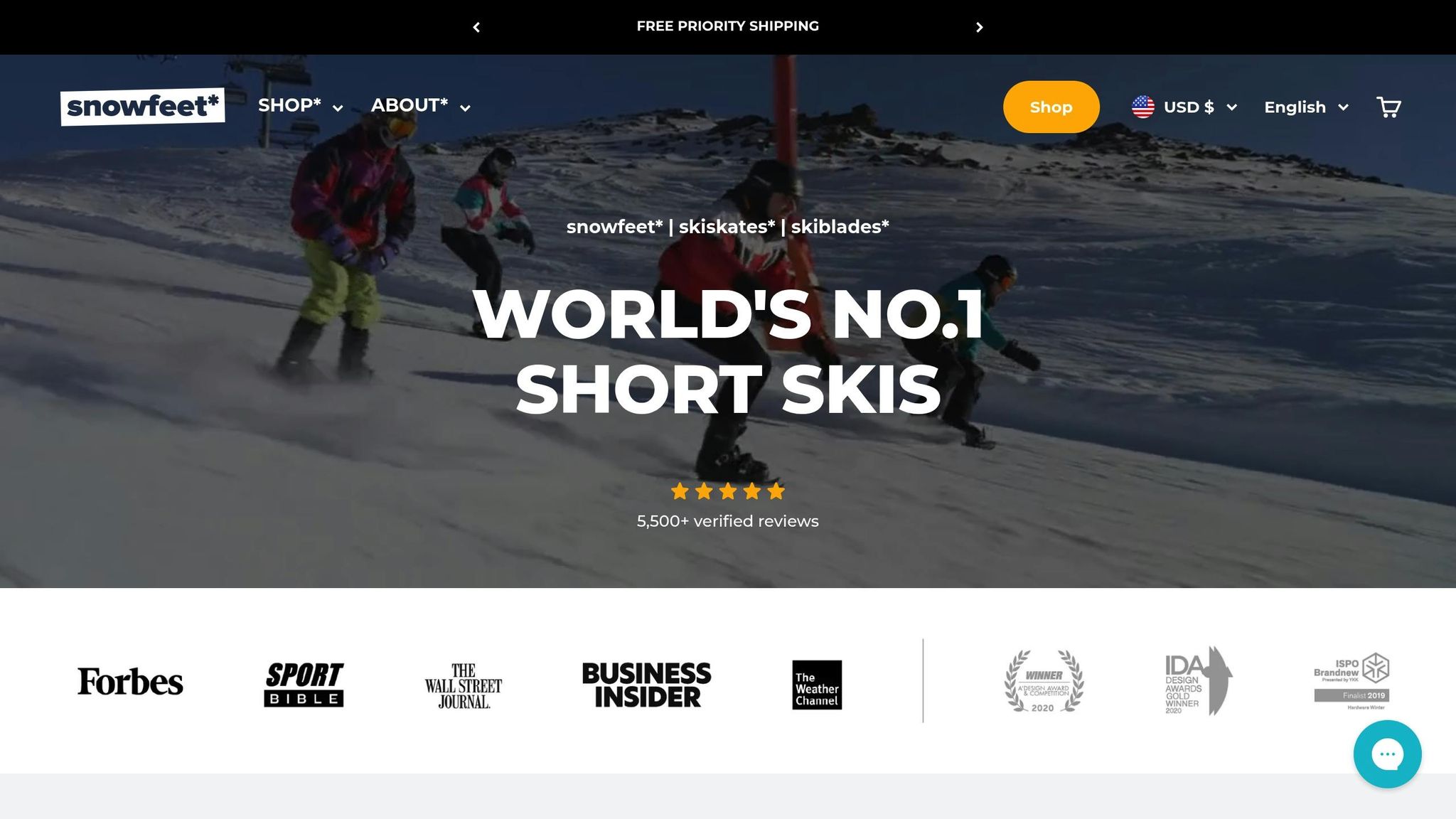
The Snowfeet* Powder Skiblades o długości zaledwie 99 cm wprowadzają świeże podejście do jazdy w głębokim puchu. Podczas gdy większość nart freeride ma długość od 170 do 190 cm, te kompaktowe skiblades udowadniają, że mniejszy rozmiar nie oznacza gorszej wydajności. Zaprojektowane z myślą o maksymalnej zwinności i kontroli, ustanawiają nowy standard w jeździe po puchu. Nic dziwnego, że krótsze narty stają się wyborem numer jeden dla freeriderów mierzących się z głębokim śniegiem.
Wydajność w głębokim puchu
Nie daj się zwieść długości 99 cm - te skiblades radzą sobie z głębokim puchem jak profesjonaliści. Ich konstrukcja zapewnia doskonałe unoszenie i szybkie przejścia krawędzi. Maksymalizując kontakt ze śniegiem i równomiernie rozkładając ciężar, sprawiają, że ślizganie się po puchu jest niemal bezwysiłkowe. Skręty są płynne, utrzymanie impetu łatwe, a mniejszy wysiłek oznacza mniej zmęczenia w porównaniu z tradycyjnymi zestawami.
Zwinność
Dzięki krótszej długości, te skiblades błyszczą w ciasnych miejscach i trudnym terenie. Niezależnie czy przeciskasz się przez gęste drzewa, czy pokonujesz wąskie trasy, ich szybka reakcja krawędź do krawędzi i lekka waga ułatwiają ostre skręty.
Łatwość przenoszenia
Mierząc 99 cm, te skiblades to marzenie podróżnika. Mieszczą się wygodnie w bagażniku samochodu - nie trzeba walczyć z długimi nartami. Planujesz lot? Nie potrzebujesz dużych toreb sprzętowych; zmieszczą się w standardowym bagażu. Ich lekka i kompaktowa konstrukcja ułatwia też noszenie podczas wypraw backcountry.
Wszechstronność
Te skiblades nie są tylko na dni z puchem. Radzą sobie z przygotowanymi trasami, rundami w parku i mieszanymi warunkami śniegowymi z łatwością. Co więcej, są kompatybilne z różnymi rodzajami obuwia: zwykłymi butami zimowymi, butami snowboardowymi lub tradycyjnymi butami narciarskimi. Ta elastyczność czyni je uniwersalnym rozwiązaniem na różne tereny i aktywności, pokazując, dlaczego Snowfeet* nadal przesuwa granice freeride'u.
Cena (USD)
Za 675 USD, Snowfeet* Powder Skiblades oferują poważną wartość. Porównaj to z premium nartami do puchu, które często zaczynają się od 800–1200 USD - i to bez wiązań czy kosztów montażu. Z Snowfeet* masz wszystko, czego potrzebujesz, więc jesteś gotowy do jazdy zaraz po wyjęciu z pudełka. Bez dodatkowych opłat, bez problemów z kompatybilnością - po prostu chwyć i jedź.
2. Peak 110
Peak 110 to klasyczny narty freeride, o długości od 170 do 185 cm i szerokiej talii - idealne do jazdy w puchu. Trzyma się sprawdzonej formuły, którą wielu narciarzy zna i lubi. Ale jest coś ważnego: krótsze, bardziej zwinne opcje, takie jak Snowfeet*, wprowadzają zmiany i przyciągają uwagę nowoczesnych freeriderów. Ta zmiana preferencji pokazuje, dlaczego kompaktowe konstrukcje zyskują na popularności.
Wydajność w głębokim puchu
Dzięki 110 mm talii, Peak 110 oferuje solidne unoszenie się na głębokim puchu. Jednak skręcanie i utrzymanie kontroli wymaga więcej wysiłku w porównaniu do mniejszych, bardziej zwinnych alternatyw, takich jak Snowfeet*. Choć sprawdza się dobrze w swoim żywiole, zapotrzebowanie na energię jest zauważalnie wyższe.
Zwinność
Dłuższe narty, takie jak Peak 110, mogą mieć problemy z szybkimi przejściami krawędzi. Wymagają precyzji i doświadczenia, które krótsze opcje, takie jak Snowfeet*, obsługują z łatwością. Dłuższa długość pozostawia mniej miejsca na błędy, co czyni je mniej wybaczającymi w ciasnych miejscach.
Łatwość przenoszenia
Ponad 170 cm długości Peak 110 to utrudnienie w transporcie. Potrzebujesz bagażników dachowych lub dużych pokrowców na narty, a jeśli lecisz samolotem, spodziewaj się dodatkowych opłat za bagaż. Nawet noszenie ich po górach zwiększa zmęczenie. Z drugiej strony, Snowfeet* skiblades są kompaktowe, lekkie i łatwe do przenoszenia lub ustawienia.
Wszechstronność
Peak 110 jest stworzony z myślą o puchu i właśnie tam błyszczy. Ale na przygotowanych trasach lub w mieszanych warunkach jego ograniczenia stają się widoczne. W przeciwieństwie do Snowfeet*, które dobrze dostosowują się do różnych terenów, Peak 110 ma trudności z wykraczaniem poza swój puchowy profil. To nie jest rozwiązanie all-mountain, którego wielu narciarzy szuka.
Cena (USD)
Peak 110 ma wysoką cenę, mieszczącą się w przedziale 800–1 000 USD, plus koszty wiązań i montażu, co podnosi łączny koszt do około 1 050–1 500 USD. Chociaż jego wydajność w określonych warunkach uzasadnia koszt dla niektórych, brakuje mu wszechstronności i wygody, które ceni wielu nowoczesnych narciarzy. W przeciwieństwie do tego, Snowfeet* oferują bardziej przystępną i bezproblemową alternatywę bez kompromisów w zabawie.
3. Blizzard Rustler 11
Blizzard Rustler 11 jest często postrzegany jako narty freeride z najwyższej półki, ale niesie ze sobą też typowe wyzwania związane z dłuższymi nartami. Przyjrzyjmy się, jak sprawdza się w kilku kluczowych obszarach.
Wydajność w głębokim puchu
Chociaż jego dłuższa konstrukcja może zapewnić stabilność na głębokim śniegu, zwiększa też opór i wymaga więcej energii do manewrowania. Ten dodatkowy wysiłek może sprawić, że długie dni na puchu będą nieco bardziej wymagające. Z drugiej strony, Snowfeet* skiblades są zaprojektowane z myślą o efektywności, oferując płynniejsze doznania bez dodatkowego zużycia energii. Ta różnica staje się jeszcze bardziej widoczna podczas pokonywania trudnego terenu.
Zwinność
Długość Rustler 11 oznacza, że lepiej nadaje się do szerokich, płynnych skrętów, ale może to utrudniać szybkie reagowanie w ciasnych przestrzeniach. Szybkie, precyzyjne zmiany kierunku – kluczowe przy omijaniu przeszkód – stają się większym wyzwaniem. W przeciwieństwie do tego, Snowfeet* skiblades błyszczą tutaj, reagując natychmiast na subtelne przesunięcia ciężaru i oferując niezrównaną zwinność w różnych warunkach. To właśnie tutaj kompaktowa konstrukcja naprawdę się opłaca.
Łatwość przenoszenia
Transport Rustler 11 może być uciążliwy. Jego rozmiar często wymaga specjalnego sprzętu do przenoszenia i przechowywania, co może generować dodatkowe koszty, zwłaszcza podczas podróży. Snowfeet* skiblades, dzięki kompaktowym rozmiarom, są znacznie łatwiejsze do spakowania, przenoszenia i przechowywania. Nie potrzeba dużych pokrowców ani dodatkowego planowania – idealnie wpisują się w Twój styl życia.
Wszechstronność
Rustler 11 jest specjalistą od głębokiego puchu, co oznacza, że ma trudności z adaptacją do innych rodzajów terenu. Jeśli szukasz czegoś, co dobrze sprawdzi się w różnych warunkach śniegowych, Snowfeet* skiblades są lepszym wyborem. Ich design łączy wszechstronność i wydajność, czyniąc je idealnym wyborem dla jeźdźców, którzy chcą mieć wszystko.
Cena (USD)
Rustler 11 ma wysoką cenę, a gdy doliczyć koszty transportu, staje się jeszcze droższy. Snowfeet* skiblades z kolei oferują budżetową alternatywę, nie rezygnując z emocji jazdy w głębokim puchu. To dowód na to, że nie trzeba wydawać fortuny, by cieszyć się stokami.
4. Dynastar M Free 108
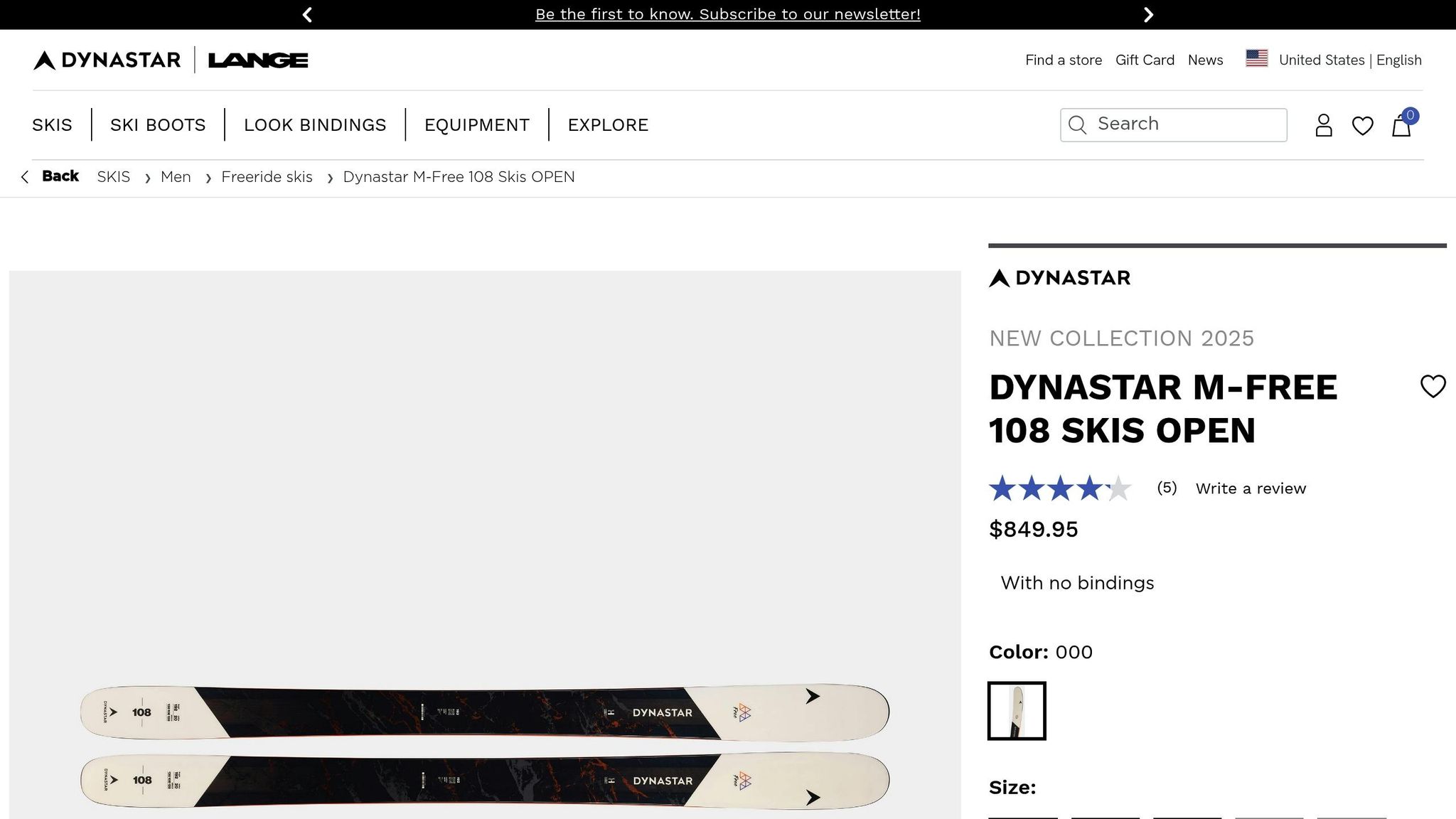
Dynastar M Free 108 to klasyczna narta freeride zaprojektowana, by błyszczeć w głębokim puchu. Zapewnia solidne unoszenie na miękkim śniegu, ale może być wymagająca podczas nawigacji w ciasnych przestrzeniach lub szybko zmieniającym się terenie.
Z kolei Snowfeet* skiblades stosują zupełnie inne podejście. Ich kompaktowa i lekka konstrukcja czyni je niezwykle zwinnymi i łatwymi w obsłudze. Dodatkowo, są łatwe do transportu i przechowywania, co dodaje praktyczności, której często brakuje tradycyjnym nartom.
Podczas gdy M Free 108 pozostaje wyborem dla miłośników puchu, Snowfeet* skiblades wnoszą świeże spojrzenie na freeride. Ich nacisk na mobilność i wygodę sprawia, że są wyjątkowym wyborem dla tych, którzy chcą więcej elastyczności na stoku i mniej kłopotów poza nim.
sbb-itb-17ade95
5. Armada ARV 106
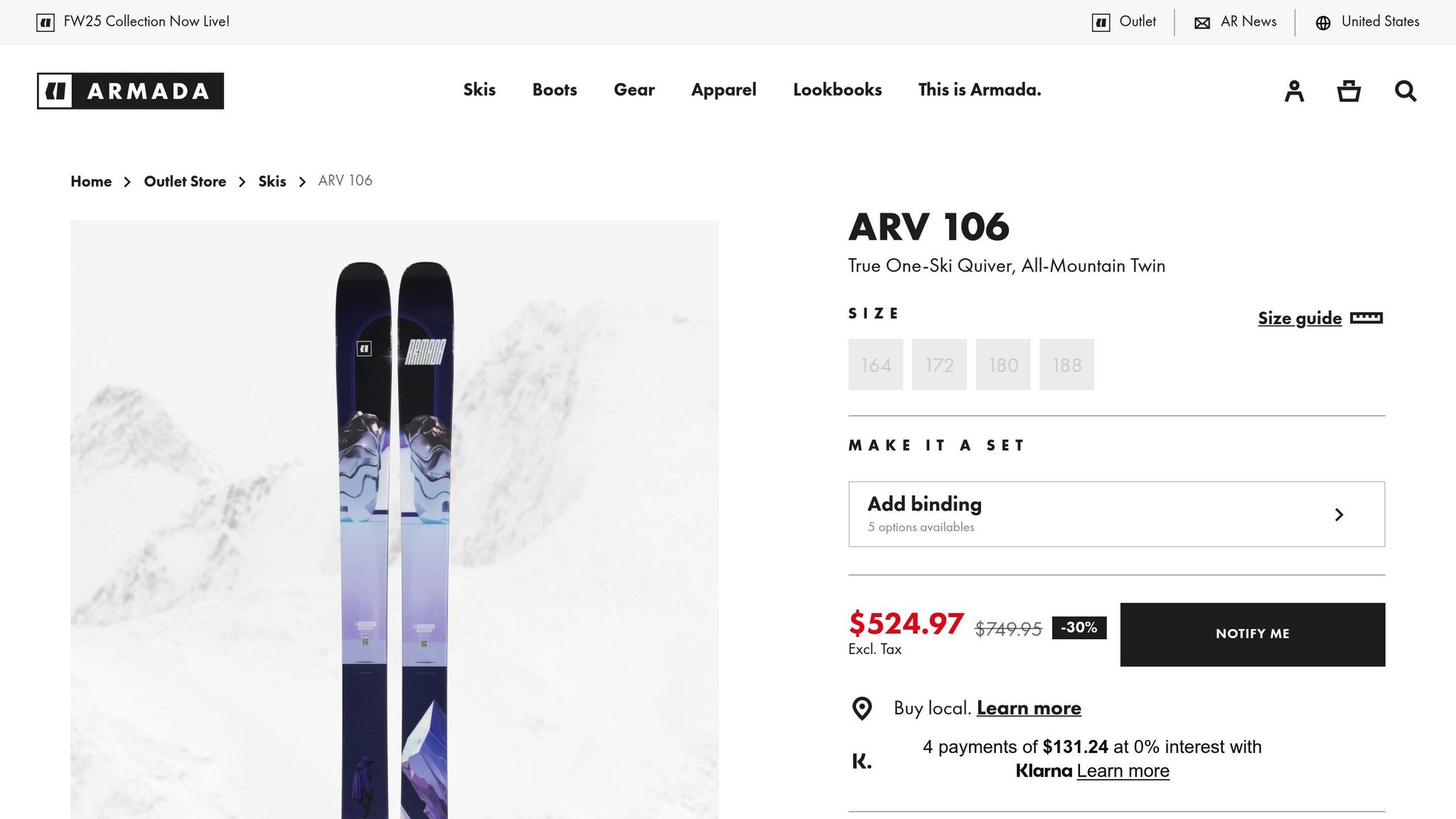
Armada ARV 106 to dobrze znana tradycyjna długa narta, która dobrze radzi sobie w głębokim puchu, ale jest nieco ograniczona przez konwencjonalny design.
Wydajność w głębokim puchu
Jeśli chodzi o głęboki puch, design odgrywa dużą rolę w zachowaniu nart. ARV 106 ma talię o szerokości 106 mm, co pomaga w unoszeniu się na miękkim śniegu. Jego kształt i umiarkowany rocker ułatwiają inicjację skrętu, ale w porównaniu z nowocześniejszymi konstrukcjami wymaga nieco więcej wysiłku przy nawigacji w puchu.
Z drugiej strony, Snowfeet* Skiblades, dzięki kompaktowej długości 99 cm i szerszemu profilowi, oferują przewagę na głębokim śniegu. Ich aerodynamiczny design zmniejsza opór śniegu, sprawiając, że ślizganie się po puchu jest bezwysiłkowe. Dodatkowo, szybkie i responsywne skręty zapewniają płynne i intuicyjne doznania.
Zwinność
Tradycyjne narty, takie jak ARV 106, zwykle mierzą około 170–180 cm i wymagają większego wysiłku przy szybkich zwrotach, zwłaszcza w ciasnych miejscach, takich jak przejazdy między drzewami. Dłuższa długość może być uciążliwa, gdy próbujesz wykonać szybkie, ostre skręty.
W przeciwieństwie do tego, Snowfeet* Skiblades błyszczą na trudnym terenie. Ich krótsza, kompaktowa konstrukcja pozwala na błyskawiczne skręty i zwinne prowadzenie. Nawet narciarze średniozaawansowani szybko dostosowują się do responsywnej natury tych skiblades, co czyni je świetnym wyborem do pokonywania trudnych tras.
Łatwość przenoszenia
Transport ARV 106 wiąże się z typowymi wyzwaniami tradycyjnych nart. Mając prawie 6 stóp długości, często wymagają bagażników dachowych lub pokrowców narciarskich, co może powodować kłopoty i dodatkowe koszty podczas podróży.
Snowfeet* Skiblades całkowicie zmieniają zasady gry pod względem przenoszenia. Ich mały rozmiar łatwo mieści się w zwykłym bagażu, więc możesz zapomnieć o bagażnikach dachowych i dużych torbach na sprzęt. Niezależnie od tego, czy jedziesz samochodem, czy korzystasz z transportu publicznego, te skiblades ułatwiają podróżowanie ze sprzętem.
Wszechstronność
ARV 106 jest zaprojektowany jako narta all-mountain, co oznacza, że stara się zrównoważyć wydajność w różnych warunkach. Choć radzi sobie całkiem dobrze w puchu, nie jest w tym specjalistą, co może być wadą, jeśli szukasz sprzętu stworzonego specjalnie do głębokiego śniegu.
W przeciwieństwie do tego, Snowfeet* Powder Skiblades są laserowo skoncentrowane na wydajności w głębokim śniegu. Zostały zaprojektowane z myślą o unoszeniu się na śniegu, kontroli i czystej zabawie w puchu, dając Ci sprzęt stworzony do tego zadania i niczego więcej. Jeśli dni z puchowym śniegiem są Twoim priorytetem, te skiblades będą idealnym wyborem.
Cena (USD)
Tradycyjne zestawy narciarskie, takie jak ARV 106, zwykle są droższe, częściowo ze względu na koszt wiązań i bieżącej konserwacji. Snowfeet* Skiblades oferują jednak bardziej przystępną cenowo opcję, zapewniając doskonałą wydajność w puchu. Oznacza to, że możesz zaoszczędzić na karnetach i przygodach w puchu, zamiast wydawać wszystko na sprzęt.
Zalety i wady
Jeśli chodzi o jazdę w głębokim puchu, każdy typ nart ma swoje zalety i wyzwania, które mogą wpłynąć na Twoje doświadczenia na stoku.
Snowfeet Powder Skiblades wyróżniają się zwinnością, łatwością przenoszenia i przystępną ceną. Dzięki kompaktowej długości 99 cm są niezwykle zwinne, co sprawia, że jazda między drzewami i na stromym terenie to czysta przyjemność. Dodatkowo ich mniejszy rozmiar ułatwia noszenie i sprawia, że są tańsze w porównaniu do tradycyjnych nart.
Z drugiej strony, tradycyjne narty błyszczą pod względem prędkości na przygotowanych trasach. Jednak ich większa długość może być wadą w głębokim puchu, gdzie szybkie skręty i nieprzewidywalne warunki wymagają większego wysiłku. Transport i konserwacja również mogą być uciążliwe. Jak wspomniano wcześniej, każdy typ nart ma swoje mocne strony, ale w ciasnych, pełnych puchu warunkach szybka reakcja Snowfeet skiblades często daje im przewagę.
Ta różnica staje się jeszcze bardziej widoczna, gdy śnieg staje się wymagający. Długie narty mogą wydawać się stabilne na gładkich, przygotowanych stokach, ale wymagają więcej wysiłku fizycznego i umiejętności technicznych w głębokim, nieprzewidywalnym puchu. Tymczasem Snowfeet Powder Skiblades reagują natychmiast nawet na drobne przesunięcia ciężaru, co czyni je świetnym wyborem zarówno dla średniozaawansowanych narciarzy szukających łatwości użytkowania, jak i zaawansowanych, którzy pragną zabawnej, dynamicznej jazdy.
Dla tych, którzy cenią przenośność, prostotę i zabawną, swobodną jazdę na śniegu, Snowfeet Powder Skiblades oferują wyraźną przewagę nad tradycyjnymi nartami. Te punkty stanowią podstawę do decyzji, która opcja najlepiej pasuje do twoich przygód w głębokim puchu.
Ostateczne rekomendacje
Snowfeet Powder Skiblades, z ich 99 cm konstrukcją, oferują świetną zwrotność i stabilność – wszystko to za jedyne 675 dolarów. To solidna alternatywa dla tradycyjnych nart, zapewniająca doskonałą wydajność bez nadwyrężania budżetu.
Dla początkujących i średniozaawansowanych narciarzy te skiblades oferują łatwą i wybaczającą naukę. Ich szybka reakcja oznacza więcej czasu na carving w puchu i mniej na walkę ze znalezieniem rytmu.
Zaawansowani narciarze pokochają, jak zwinne są te skiblades. Niezależnie od tego, czy przeciskasz się między gęstymi drzewami, czy wykonujesz ostre zmiany kierunku, radzą sobie z tym z łatwością. W przeciwieństwie do tradycyjnych nart, które często są zaprojektowane do jazdy po szerokich, otwartych stokach, te są stworzone do precyzyjnego pokonywania trudnego, zróżnicowanego terenu.
Kolejna wielka zaleta? Przenośność. Dzięki kompaktowym rozmiarom nie potrzebujesz specjalnego sprzętu do ich transportu. Łatwo je przechowywać, wygodnie nosić i szybciej poruszać się w kolejkach do wyciągów. Ta wygoda pozwala wyruszyć na stok z dnia na dzień, bez typowych kłopotów.
A jeśli dbasz o swój portfel, te skiblades oferują świetny balans między wydajnością a przystępnością cenową. To dowód na to, że nie musisz wydawać fortuny, by cieszyć się innowacyjnym sprzętem.
Najczęściej zadawane pytania
Jak Snowfeet Powder Skiblades wypadają w porównaniu z tradycyjnymi nartami w głębokim śniegu?
Snowfeet Powder Skiblades zostały stworzone, by błyszczeć w głębokim śniegu, oferując precyzję i zwinność, której trudno doświadczyć na tradycyjnych długich nartach. Mając zaledwie 99 cm, ich kompaktowy rozmiar w połączeniu z konstrukcją rocker sprawia, że są niezwykle responsywne. Oznacza to, że możesz wykonywać płynne skręty i bez wysiłku ślizgać się przez puch lub poruszać się po wąskich, zalesionych trasach. Długie narty? W tych samych warunkach mogą wydawać się nieporęczne i niewygodne.
To, co wyróżnia Snowfeet Skiblades, to ich lekka konstrukcja i przenośność. Są łatwiejsze w obsłudze i dają mnóstwo frajdy podczas jazdy. Niezależnie czy pędzisz po stromych stokach pokrytych puchem, czy przeciskasz się przez gęste leśne ścieżki, te skiblades oferują niezrównane połączenie unoszenia, kontroli i szybkiego manewrowania, które wynosi freeride na zupełnie nowy poziom.
Dlaczego Snowfeet Powder Skiblades to świetny wybór dla początkujących i średniozaawansowanych narciarzy?
Snowfeet Powder Skiblades to fantastyczna opcja dla początkujących i średniozaawansowanych narciarzy. Dzięki krótszej długości i mniejszej wadze są znacznie łatwiejsze w obsłudze niż tradycyjne narty. To świetny sposób na budowanie pewności siebie, poprawę równowagi i sprawienie, że nauka freeride’u będzie dużo przyjemniejsza – zwłaszcza dla tych, którzy dopiero zaczynają.
Ich mały rozmiar to nie tylko łatwość użytkowania; sprawia, że są super przenośne i idealne do ciasnych manewrów. Niezależnie czy suniesz przez głęboki puch, czy pokonujesz trudny teren, te skiblades sprawiają, że wszystko wydaje się proste. Co więcej, w porównaniu do standardowych nart czy snowboardów, są tańsze dla twojego portfela i oferują zabawny, przystępny sposób na rozpoczęcie zimowych sportów – bez stromych krzywych nauki!
Jak Snowfeet Powder Skiblades wypadają na tle tradycyjnych nart pod względem przenośności i wygody podróżowania?
Snowfeet Powder Skiblades to przełom, jeśli chodzi o przenośność. Ich mały rozmiar oznacza, że łatwo zmieszczą się w plecaku lub nawet w bagażu podręcznym – nie potrzebujesz wielkich pokrowców na narty ani skomplikowanych bagażników dachowych. To świetny wybór na szybkie wypady lub loty, gdzie liczy się lekki bagaż.
Z drugiej strony, tradycyjne narty mogą być uciążliwe. Są długie, niewygodne i wymagają specjalnego przechowywania lub sprzętu do transportu. Ale z Snowfeet Powder Skiblades możesz to wszystko pominąć. Podróżujesz lekko, a mimo to radzisz sobie świetnie w głębokim puchu. To połączenie wygody z poważną zabawą dla freeriderów, którzy zawsze są w ruchu.







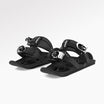

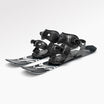
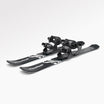

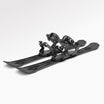

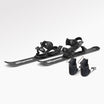






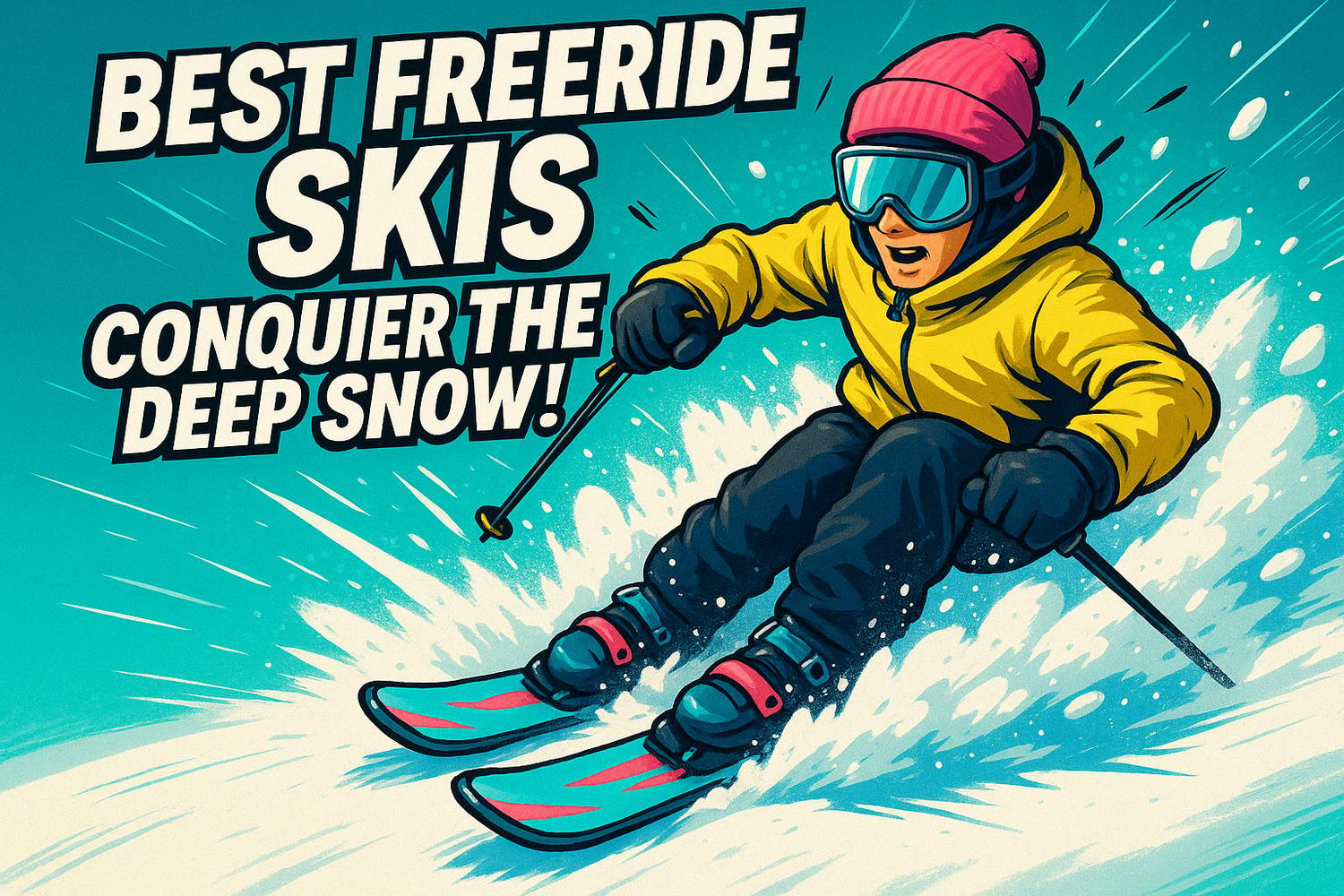
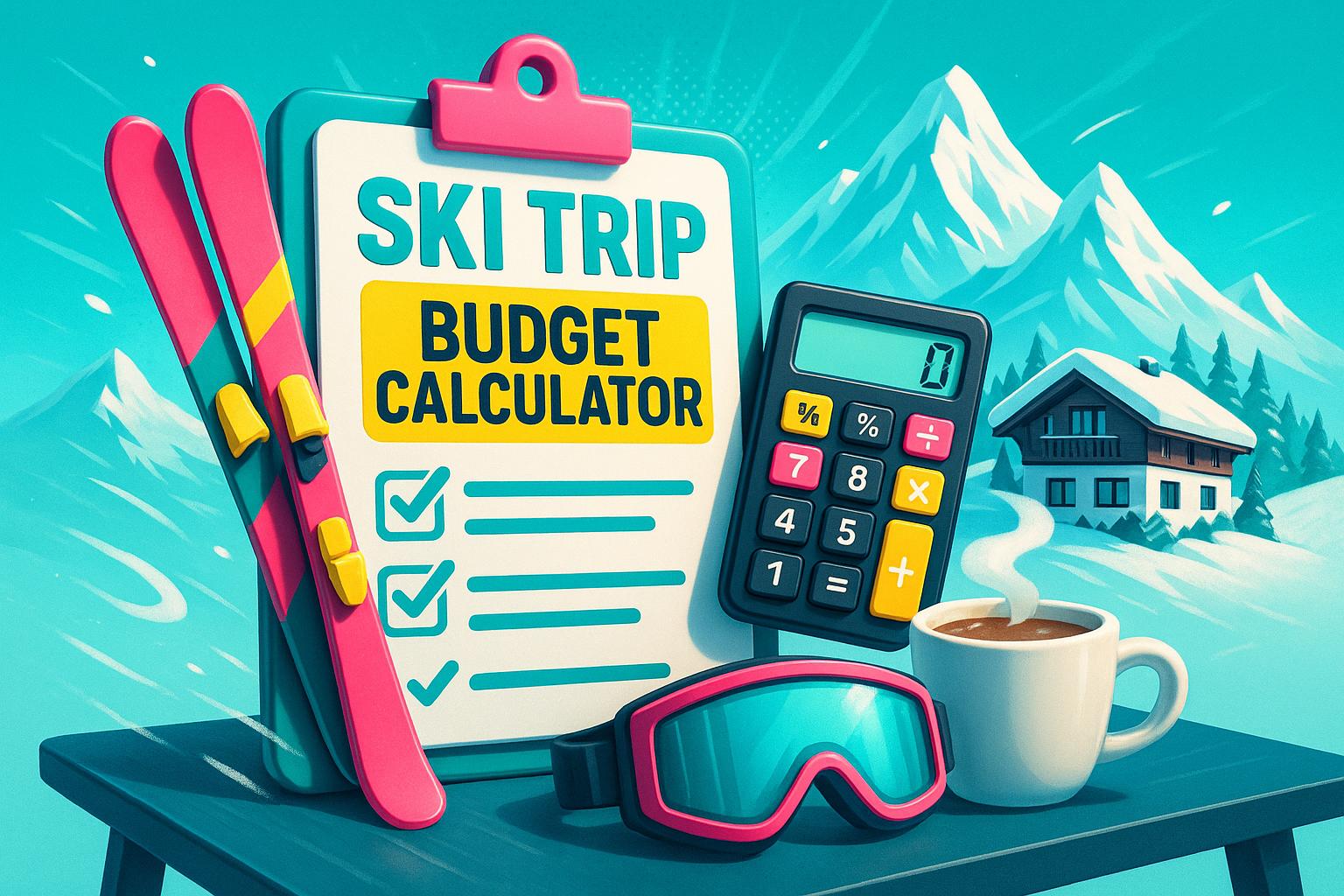
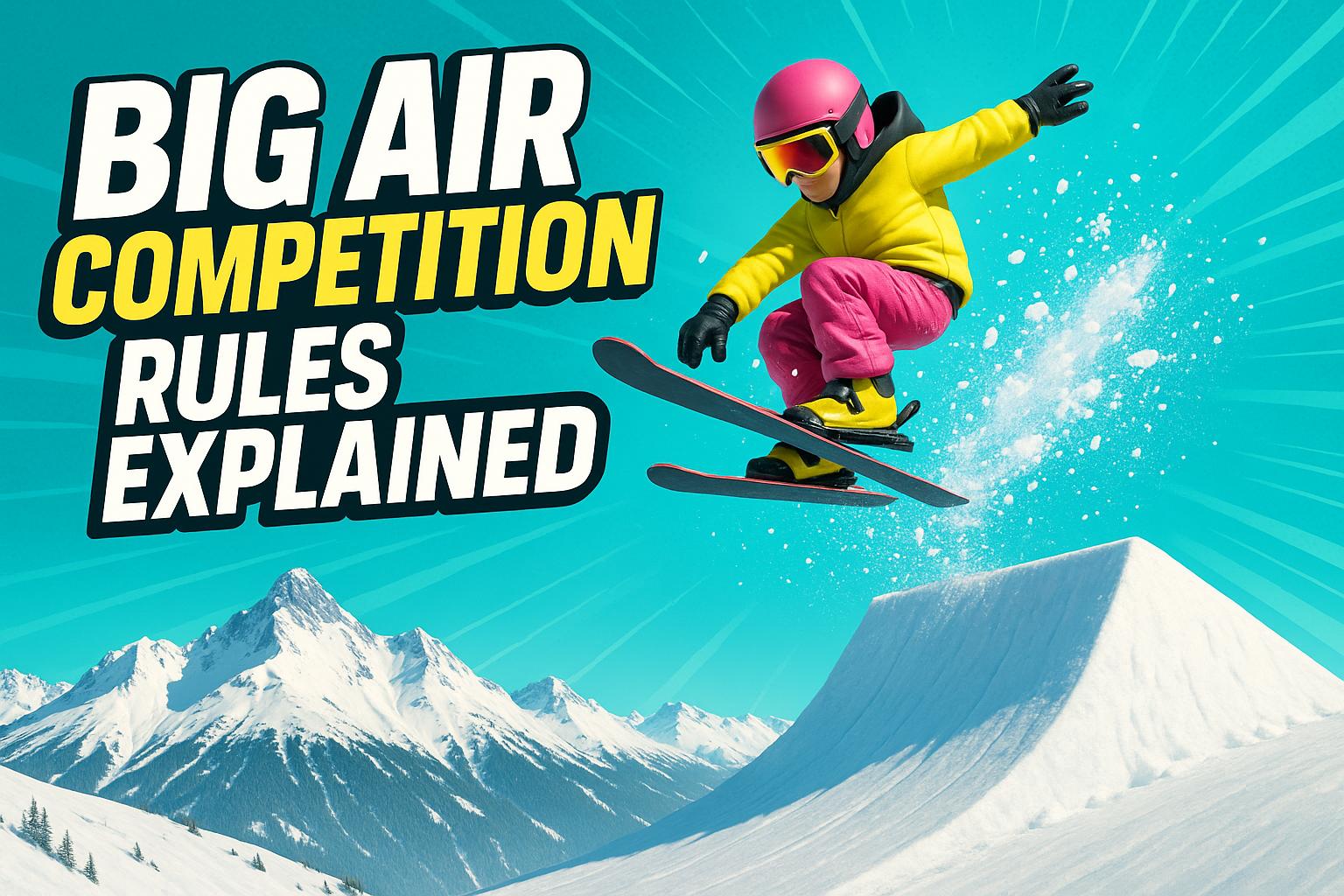

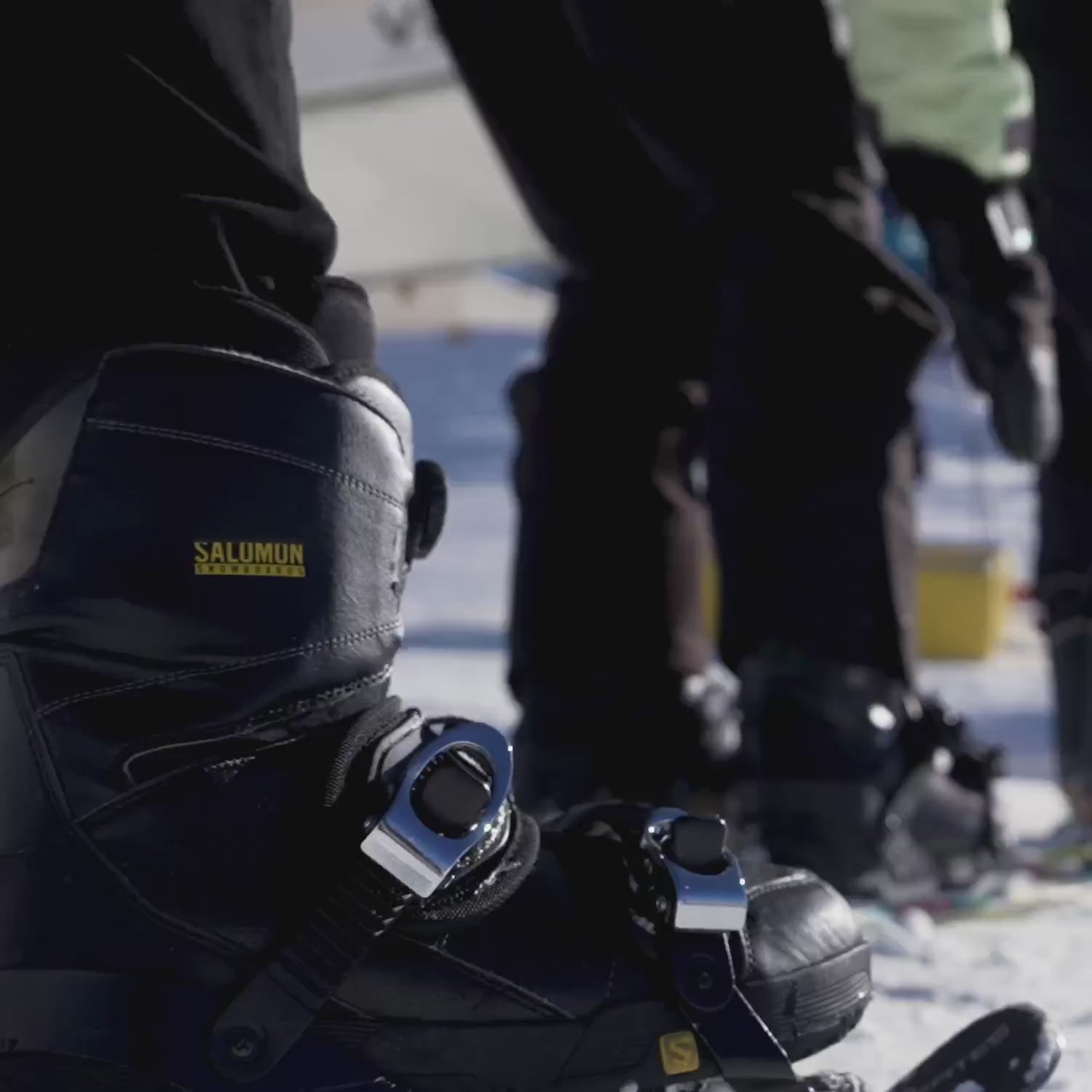

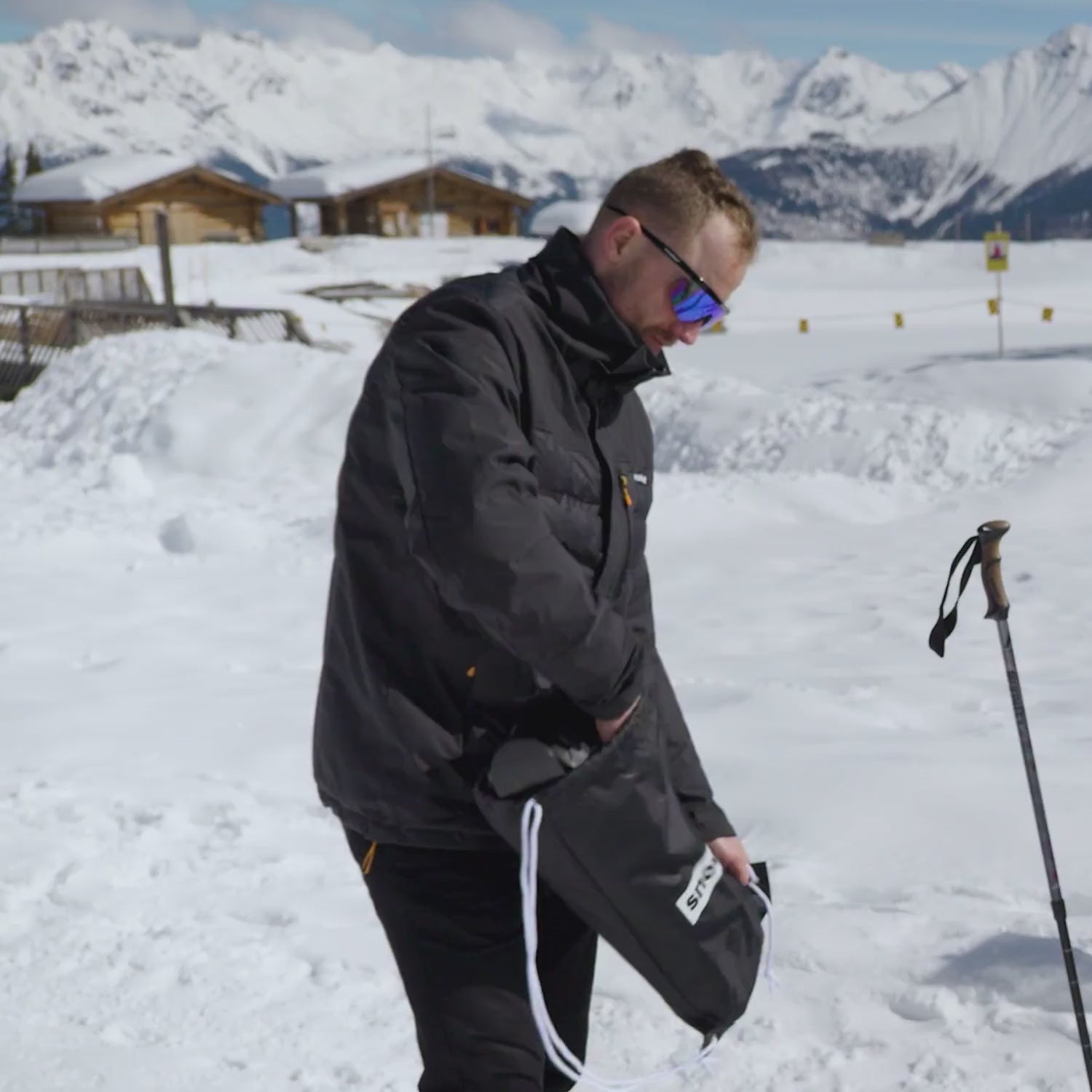
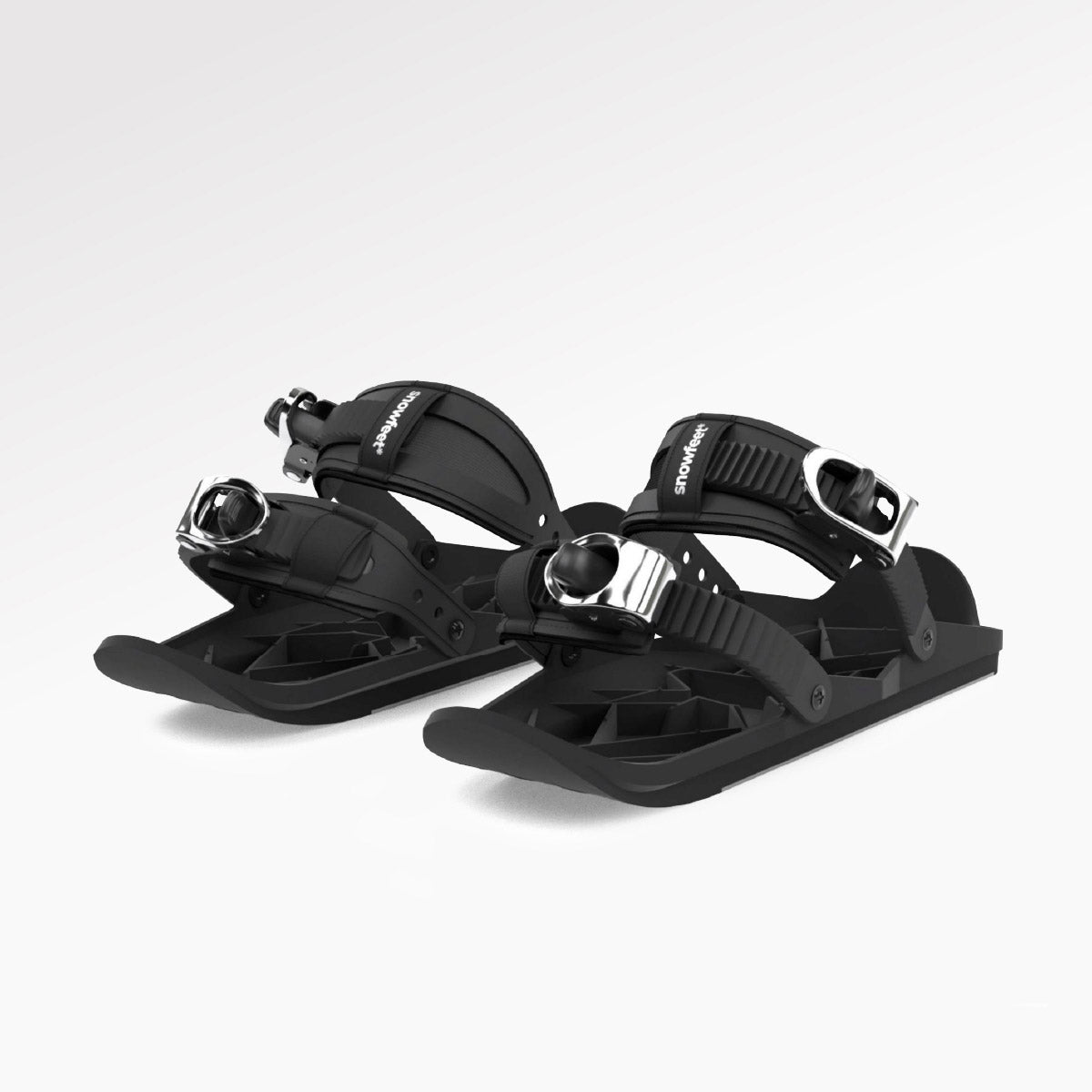
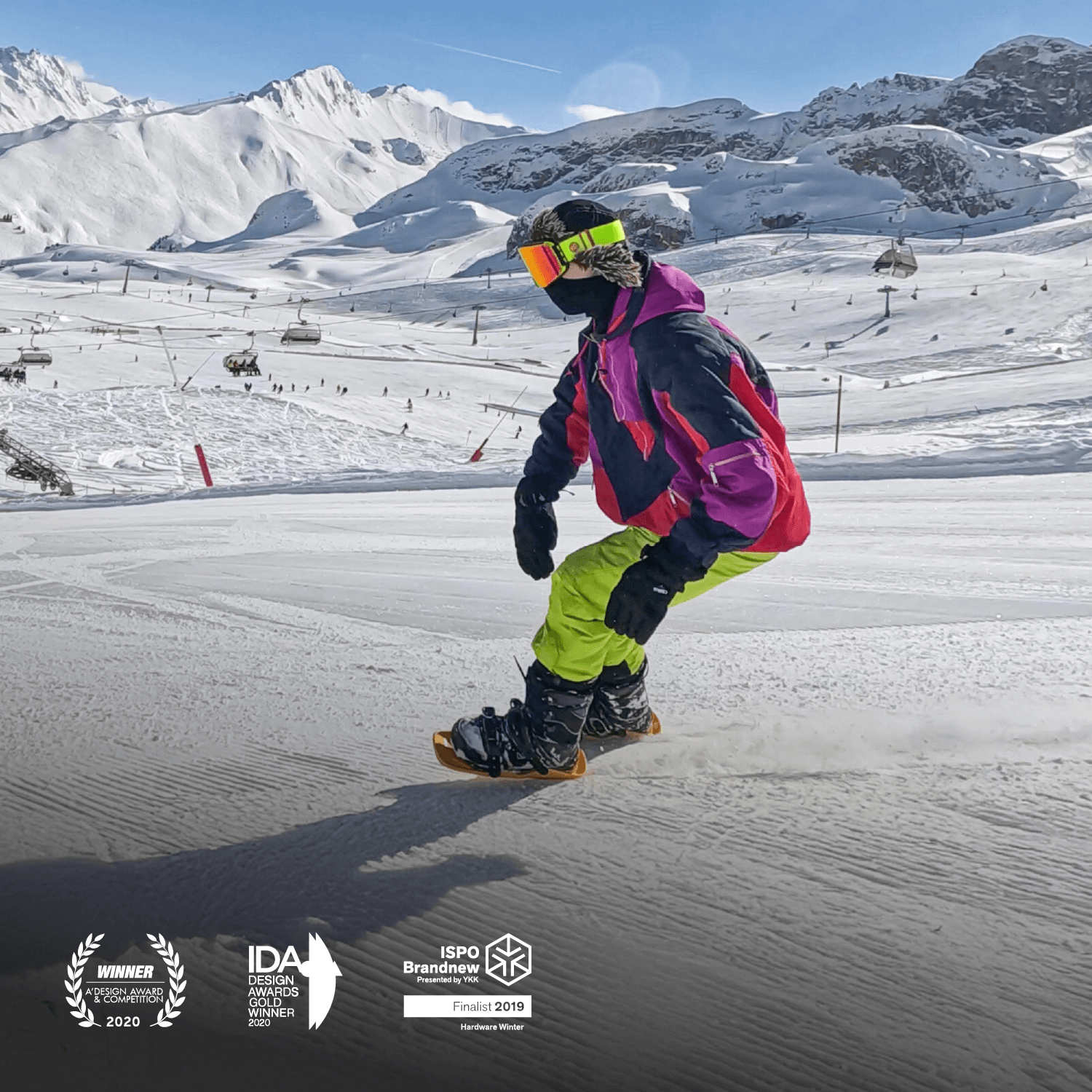
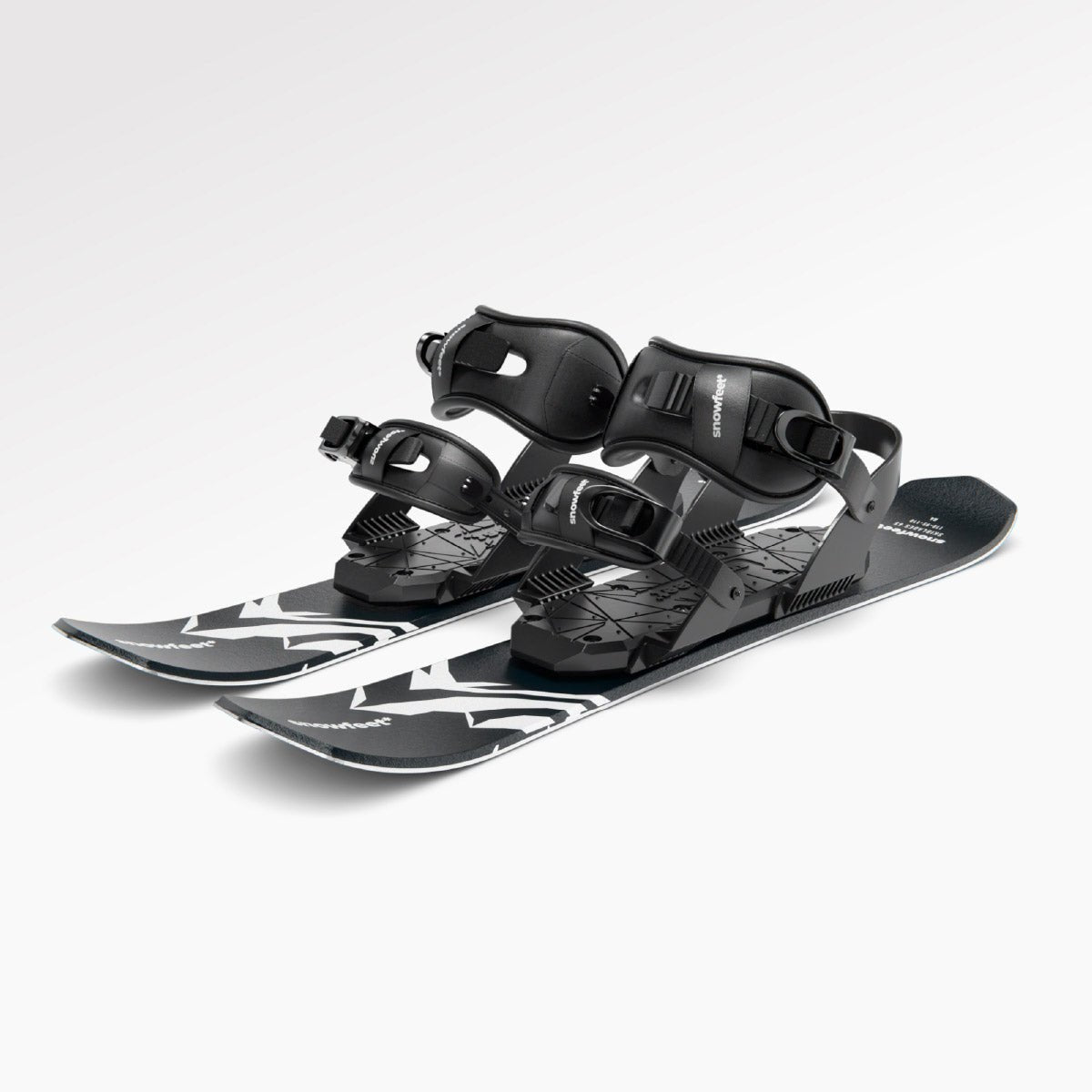
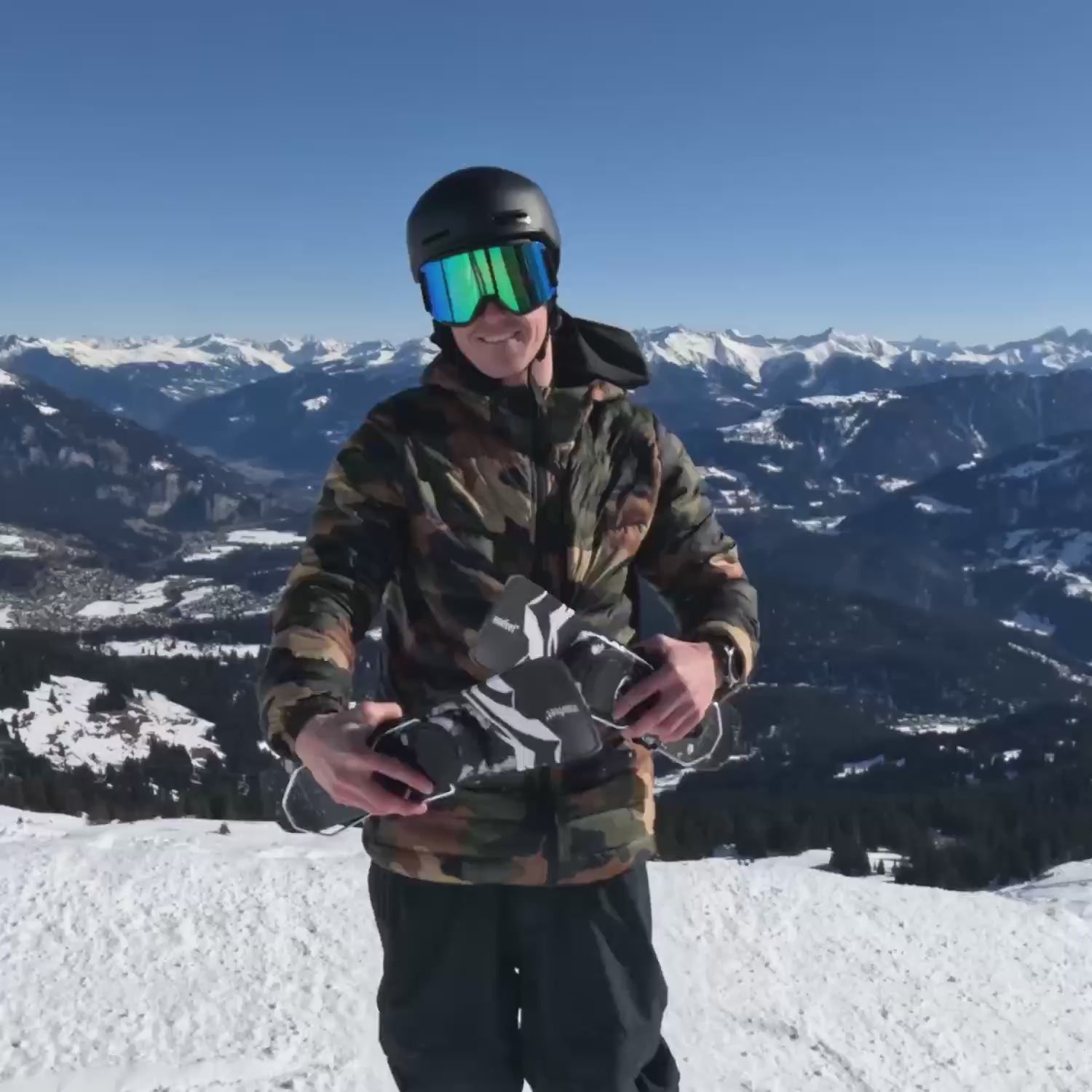
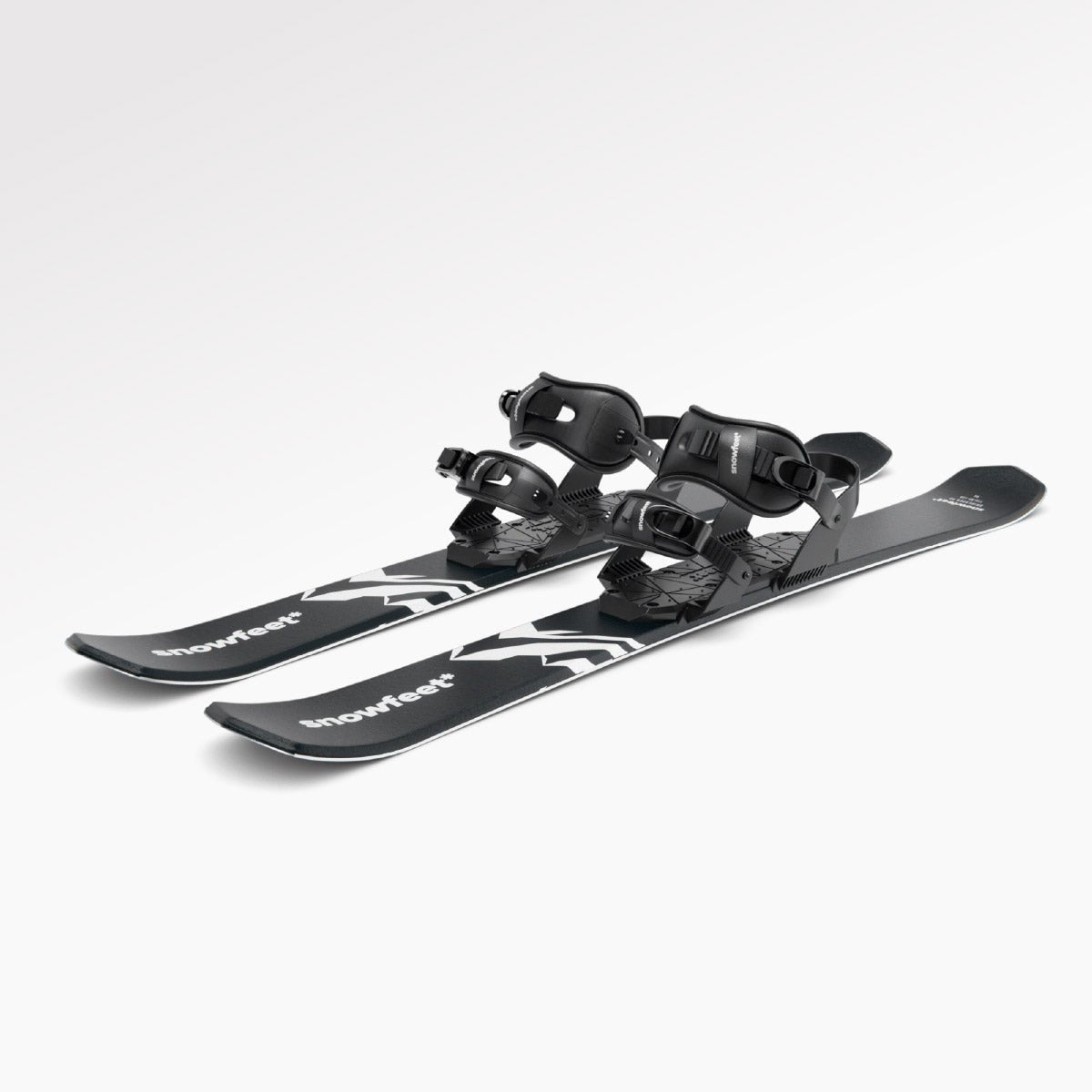
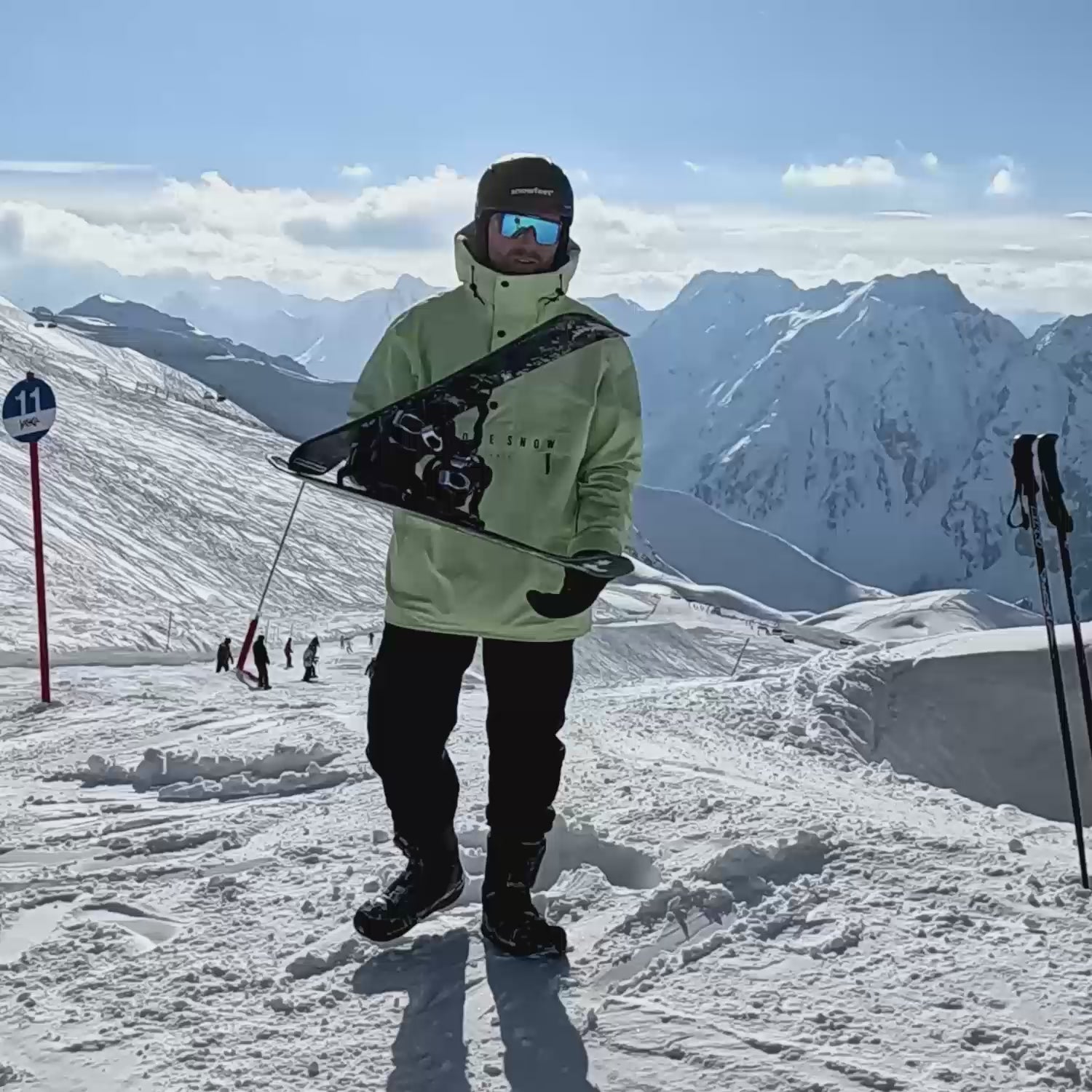
Zostaw komentarz
Ta strona jest chroniona przez hCaptcha i obowiązują na niej Polityka prywatności i Warunki korzystania z usługi serwisu hCaptcha.